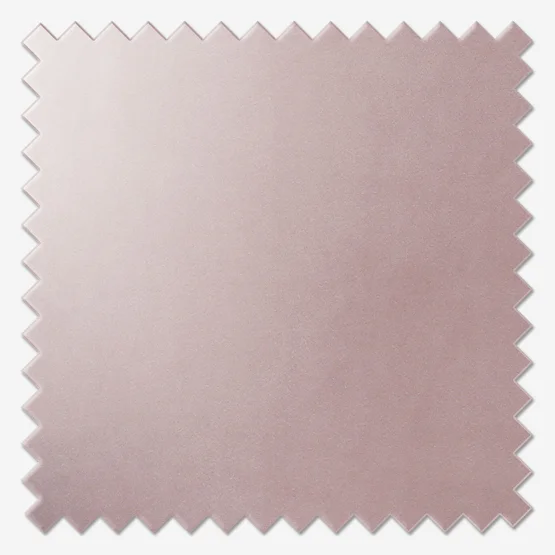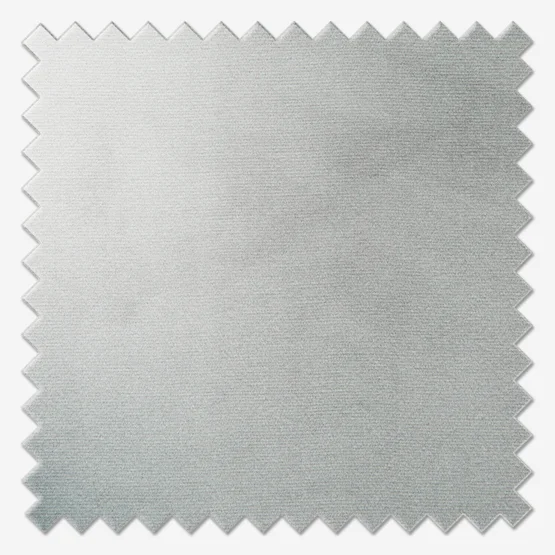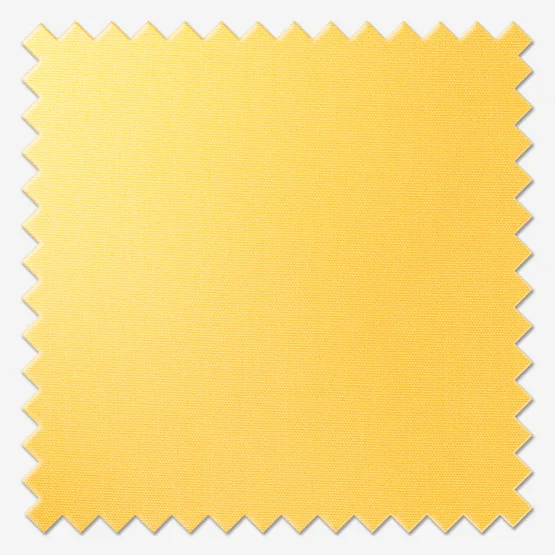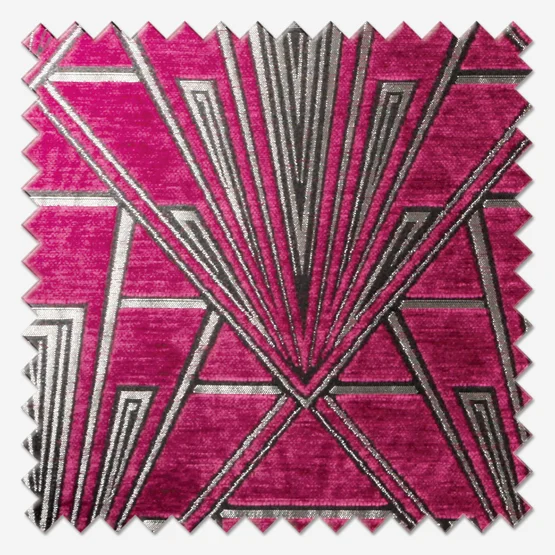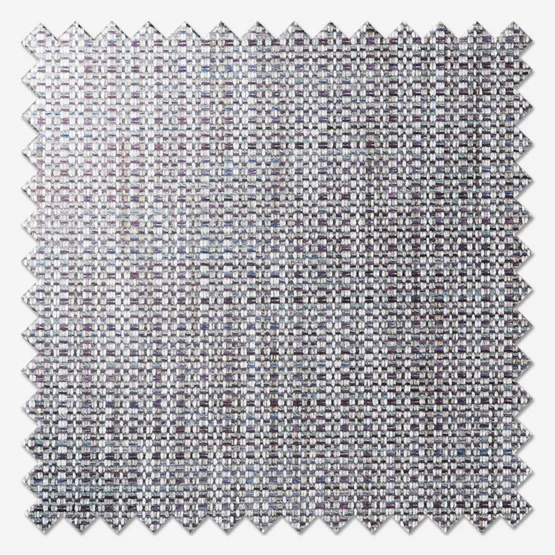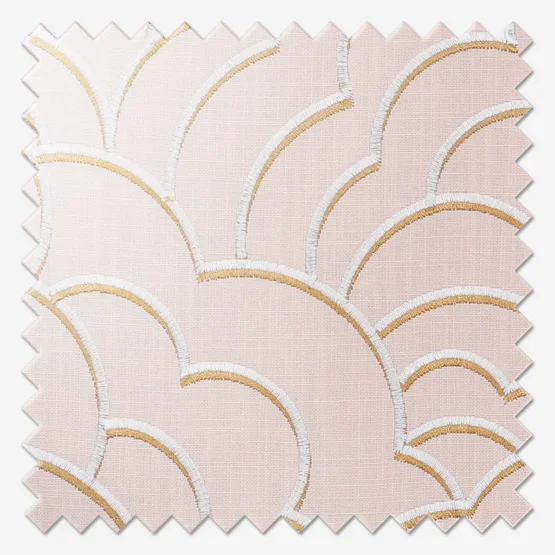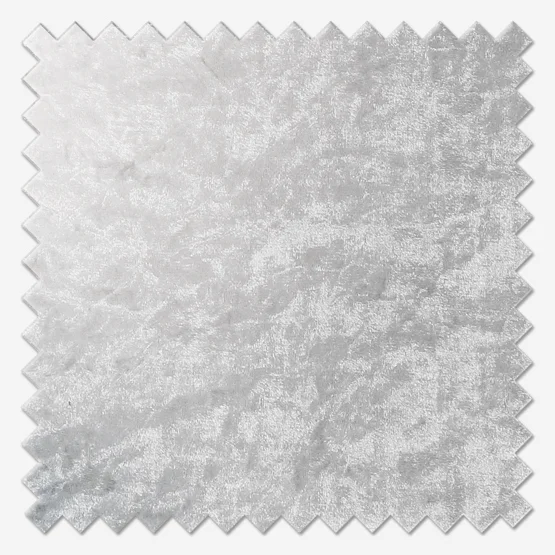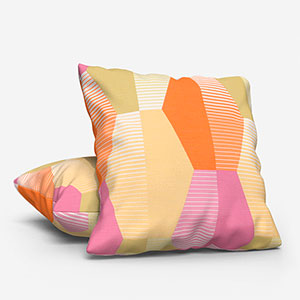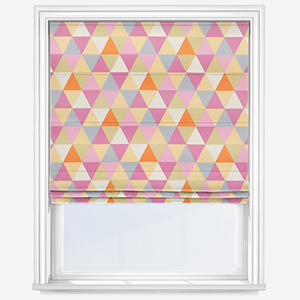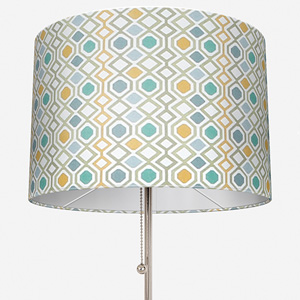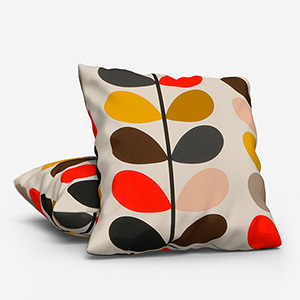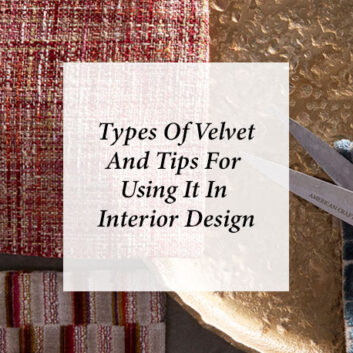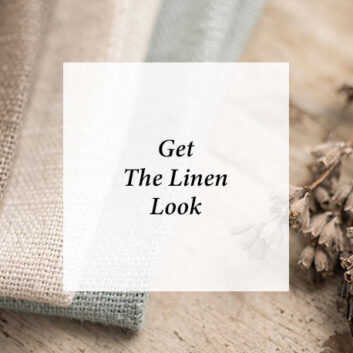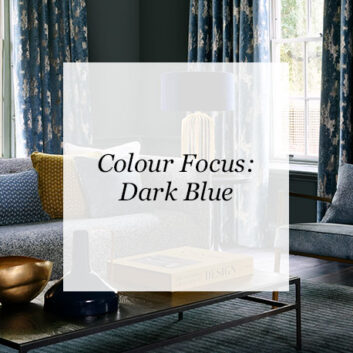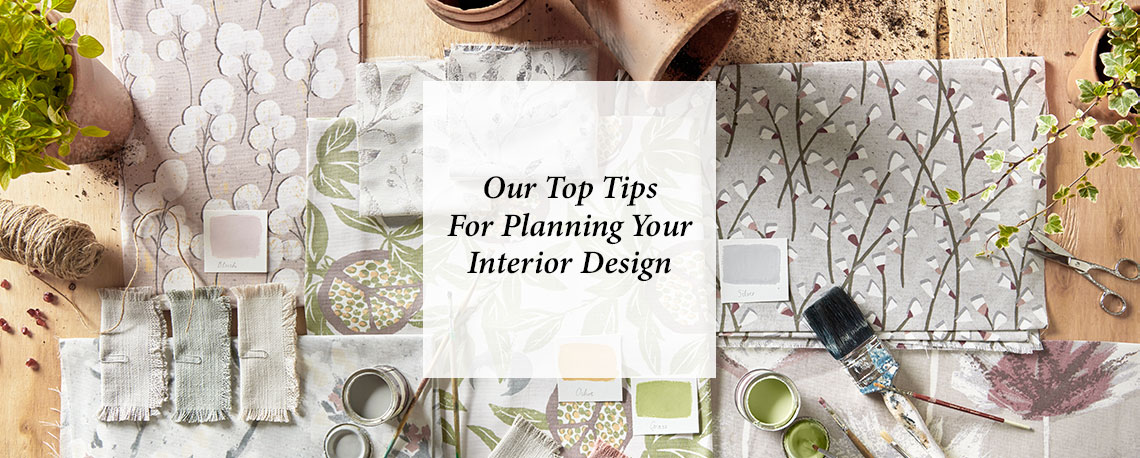
Our Top Tips For Planning Your Interior Design
For some time, the cut and thrust of our guides and advice has been how to use combinations of colour, master material selection and protect the planet. Today however, we’re going to take one step back in the interior design process and provide some top tips for how to prepare the foundations of your décor. There is the old adage, “fail to prepare, prepare to fail”. Well, in this blog we’re going to help you with the principles of preparation to assist you in making your dream home.
With time and patience, it’ll be as easy as 1,2,3…
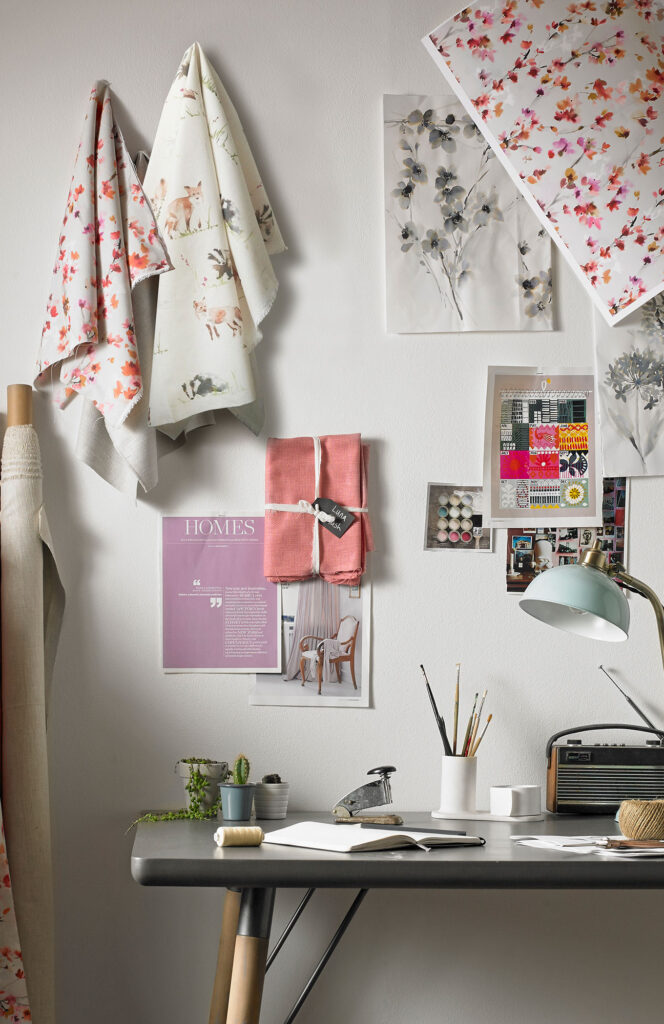
1. Master the basics of interior design
Before tacking the more advanced elements of design, it’s vitally important to establish your starting point. To do so, we advise you consider colour, texture, shape, and light.
Whether your objective is to fill your space with brocade in a traditionally inspired décor, or implement an elegant Japandi theme, it’s vital that you first consider which colours will add the most to your space.
Influence your mood with colour..
Beyond being something to look at, colour can help influence your mood, create a sense of depth, and generate an energy in a space. To use it well, first decide upon the purpose of a space. If it’s your living room with the purpose of creating a relaxing environment in which to relax after a hard day’s work, look to colours that create a feeling of happiness and contentment. Our Psychology of Colour: Positive Colours blog can help you meet that goal. Likewise, if you’re looking to re-do your home working space, our Psychology Of Colour: Colours For The Working Week blog will help you find the perfect colours to focus your mind.
Texture
Similarly, texture is something to consider in the first phase. If your project centres around a conservatory, you’ll benefit from light materials that exclude prying eyes but not light. Alternatively, if you’re working on a bedroom and you’re hoping to create a comfy, warming space, a great place to start is looking at heavier fabrics in a rich colour – you could happily ponder wool or even velvet!
Shape
Shape and light often go hand-in-hand. If you already have it in your mind’s eye that your space should be minimalist and open, fitted and angular window fittings are a great idea. Wooden Venetian or vertical blinds will help you reinforce your theme while helping to filter light and maintain privacy. Shifting back to the bedroom, here it’s more likely that your windows are either fully open or shut – there is no real need for variable light control. As a result, a weighty curtain with a blackout lining will add elegant waves to your space and help you sleep.
Picking the colour and material for your window furnishing may seem intimidating but fear not, you can order up to eight free samples! Armed with these, you can start to see exactly how your chosen materials will work in your project room.
2. Use mood boards for interior design
Once you’ve figured out your colours, materials and designs; now comes the fun part – deciding how to arrange them. There is a wealth of literature available in print and online that will help steer you through which schools of design will best showcase your chosen staples.
If you’re wondering, “what is a mood board?”, it’s a useful place where you can pin the spaces that have inspired you, colour combinations and patterns you’ve liked. What’s even better is that you can go old school and make a physical board, or make a digital one online
How to make a mood board
It’s time to pop to a hardware store and purchase a corkboard and some pins. A key factor in this process that we can’t stress enough is the importance of time. Let’s say you’ve decided the shape and size of your space would benefit from the use of green, and light airy fabrics. It’s now important to dedicate time exploring and researching examples of such designs and pin them to your snazzy new mood board with your samples and let the creative juices flow.
How to make an online mood board
If you’d rather collate your mood board ideas in a digital space, don’t forget you can use platforms like Pinterest to great effect. You can often pin photos directly from websites to your board and enjoy all your inspirational images in one place. You can also use social media platforms such as Instagram to feed your imagination.
Once you’ve picked your mood board you can then read up on interior design trends and how you can use your chosen fabrics within the space to create a unified and homely space. Fabulous floral interior design, Japandi, and Cottagecore are to name but a few of the glorious trends you could enjoy.
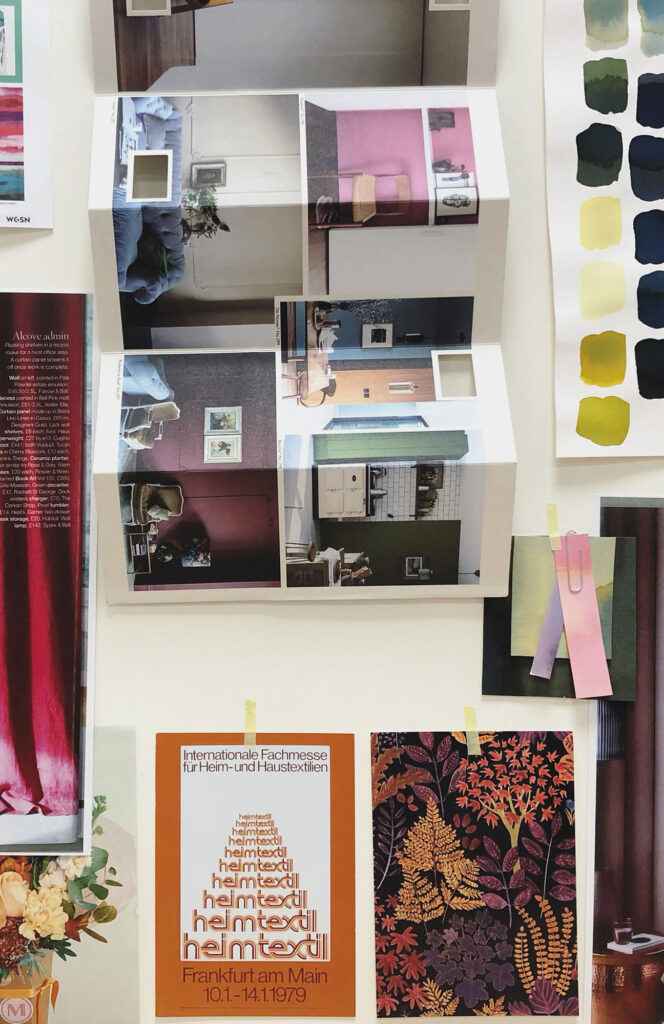
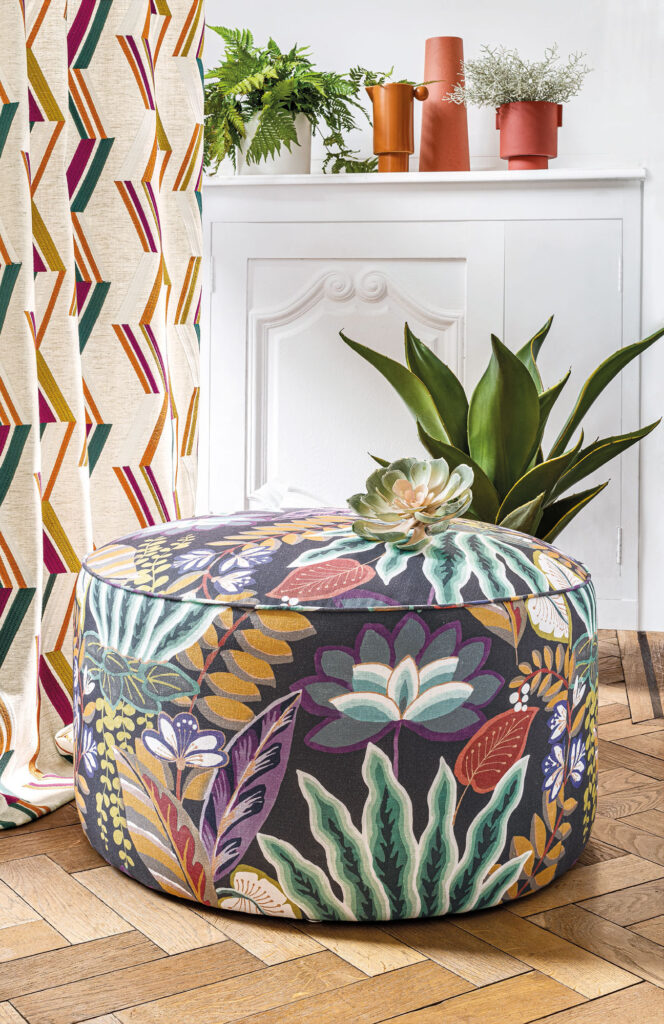
3. Make your own mark
Research, mood boards and visualising your finishing space are fantastic and very important. There is one component however that you must not overlook – personality!
The rooms you’ll have pinned to your board may be jaw dropping but you should remember that they are vignettes of another person, or skilfully designed sets made purely for a shot in a magazine, bereft of anyone to live in it.
A few magazines and Google searches will certainly provide a strong basis for your design, but don’t forget the space is your own. Make the most – if you feel they fit – of pictures on the wall and old bits of furniture or accessories you’ve acquired over the years. A colleague’s sister for example, has a traditionally inspired space with rich florals that you may expect to see in the pages of a celebrated periodical.
That said, scattered amongst the well-placed chairs, curtains and lamps are odd looking metal animals in psychedelic colours. Might such a thing look a little strange to some? Well yes, they may but the principal stands that it’s their space and should be designed in a way to bring maximum enjoyment to the inhabitant.
The ultimate objective isn’t to have a guest say “wow, this room looks like its straight out of a magazine”, it’s them thinking “this space captures who they are as a person perfectly.”
Our blog hosts a great selection of posts exploring design trends, colours, finishes and much more. As mentioned earlier, once you’ve got a colour and material in mind, don’t forget to order your eight free samples to see how it sits in your space. If you have any further questions, you can always contact our friendly team directly.


